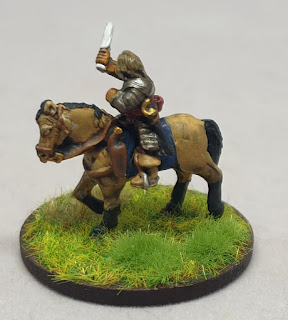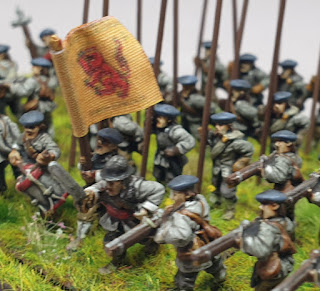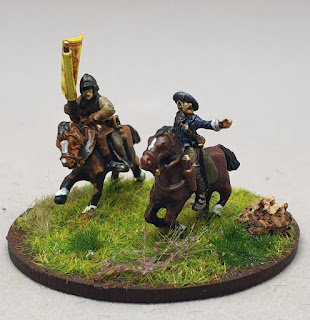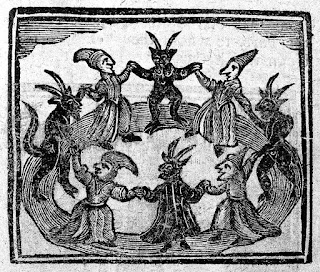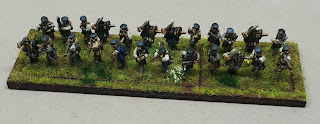Sir Allen Apsley's Regiment of Foot

The very last of my Royalist Regiments of Foot - that's a total of seventeen pike and shot, and three commanded shot (650 men in case you were wondering). But we've heard that before, so we'll settle on 'last' for the moment . Although... I have just learned that Sir Beville Grenville's Regiment of Foot had blue and white painted pikes and musket rests... Allen, Alan, or Alen? Apseley or Apsely? All used, so take your pick: I'm going with Allen Apsley (as that is what is carved upon his tomb in the south ambulatory of Westminster Abbey). Raised in 1643 in Devon, the Regiment served in the West Country and with the King's Oxford Army throughout the First Civil War. Sir Allen was born on 28th August 1616, the eldest son of Sir Allen (1567-1630), Lieutenant of the Tower of London, and his third wife Lucy (St John). Apparently Sir Allen Snr was so well loved by the Tower's inmates (often lending them money) that many didn't wish to leave their accom...


